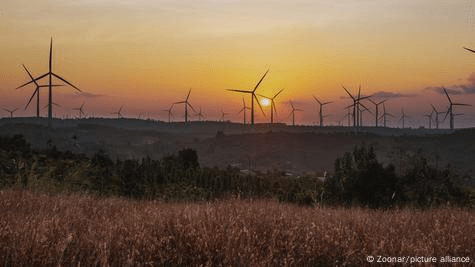As the world approaches COP29 in Azerbaijan, the United Nations has released a sobering assessment of global climate action that has sent shockwaves through the international community. The report reveals that greenhouse gas concentrations have reached unprecedented levels in Earth’s atmosphere, with current emission reduction commitments falling drastically short of international targets. The projected 2.6% decrease in emissions by 2030 represents a fraction of the 43% reduction mandated by the Paris Agreement, highlighting a dangerous gap between ambition and action in the fight against climate change.





